
The European Union is set to revolutionize the Schengen visa application process by making it fully digital by 2028, phasing out the traditional paper-based applications and visa stickers. Instead, a secure, encrypted digital barcode will replace the physical visa sticker, enhancing security, speeding up processing, and embracing technological innovation.
France pioneered this digital move by issuing 70,000 digital Schengen visas with barcodes during the 2024 Paris Olympics. Travelers scan these barcodes at border checkpoints, allowing immigration officials to access personal and visa details through a central EU database. This pilot marked a significant step toward a seamless, contactless travel experience.
From the applicant’s perspective, the entire visa process will be conducted online. Individuals will upload documents, monitor their application's progress, and pay fees digitally through a centralized EU portal. After completing these steps, travelers receive a digitally signed barcode visa. First-time applicants will still need to provide biometric data in person, but repeat travelers whose biometric data have been collected within the past 59 months will enjoy a simplified process.
Applicants must apply through the embassy of their main destination or, for trips involving multiple countries, via the embassy of the country where they will spend the most time or enter first. Most countries use application centers like VFS Global, except Spain, which uses BLS International in India, while France requires appointment booking via the Démarches Simplifiées platform.
Required documents include a valid passport with at least six months’ validity and two blank pages, a completed application form, photographs, travel insurance with coverage of €30,000 or more, flight and hotel bookings, a cover letter, and financial proof such as recent bank statements or salary slips.
Biometric data—fingerprints and photograph—must be provided during the appointment for first-time applicants and then stored in the EU’s Visa Information System to facilitate future applications. Visa fees generally stand at approximately €80 for adults, €40 for children aged 6 to 12, and are free for children under six, with additional service fees depending on the application center.
Processing times are typically 15 calendar days but can extend to 30 or even 60 days during busy periods or for complex cases. Applicants are advised to apply 30 to 60 days before their trip and avoid last-minute filings to reduce the risk of delays. Embassies like Lithuania, Latvia, and Estonia often offer faster processing times and have lower rejection rates.
Applicants should be prepared for the possibility of interviews, especially with embassies such as Germany and France, where questions about their itinerary, finances, and intent to return might be asked.
Changes to the appeals process were introduced in Germany as of July 1, 2025, where informal appeals are no longer permitted, and rejected applications must undergo formal legal procedures. Additionally, Indian nationals who have previously held two Schengen visas within three years may now qualify for multi-year visas valid for two or five years under the EU’s new “cascade” regime.
This digital upgrade not only reduces paperwork and costs but also significantly enhances fraud prevention and border security across the 27 Schengen countries. Travelers can expect a more transparent, streamlined visa application and entry process, embracing the future of travel in Europe with greater convenience and security. For the latest updates, travelers should consult the official EU visa website.





















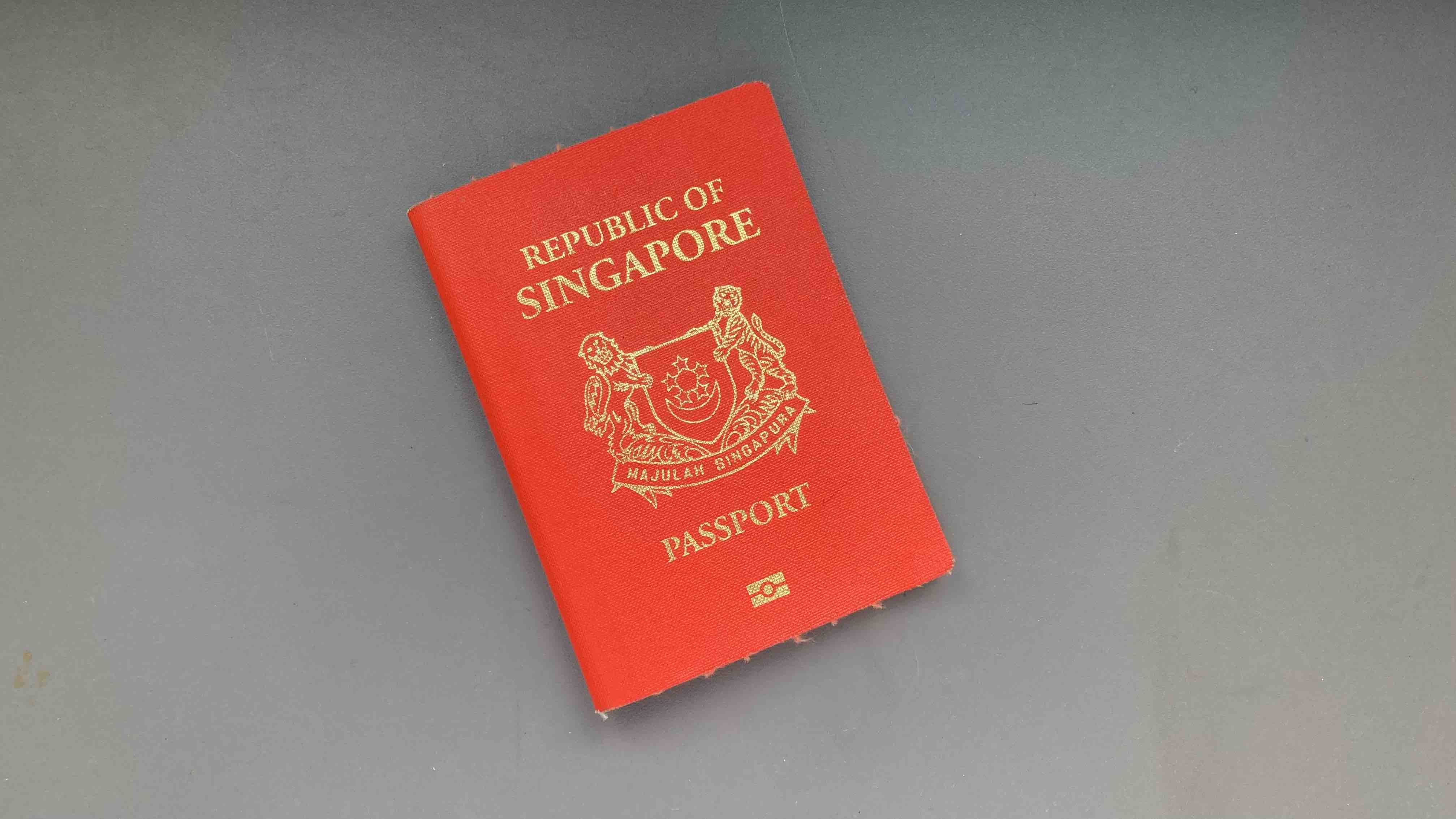
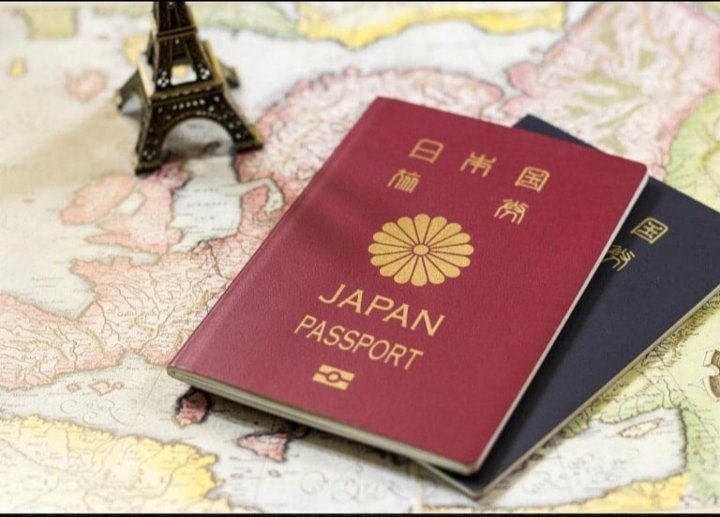
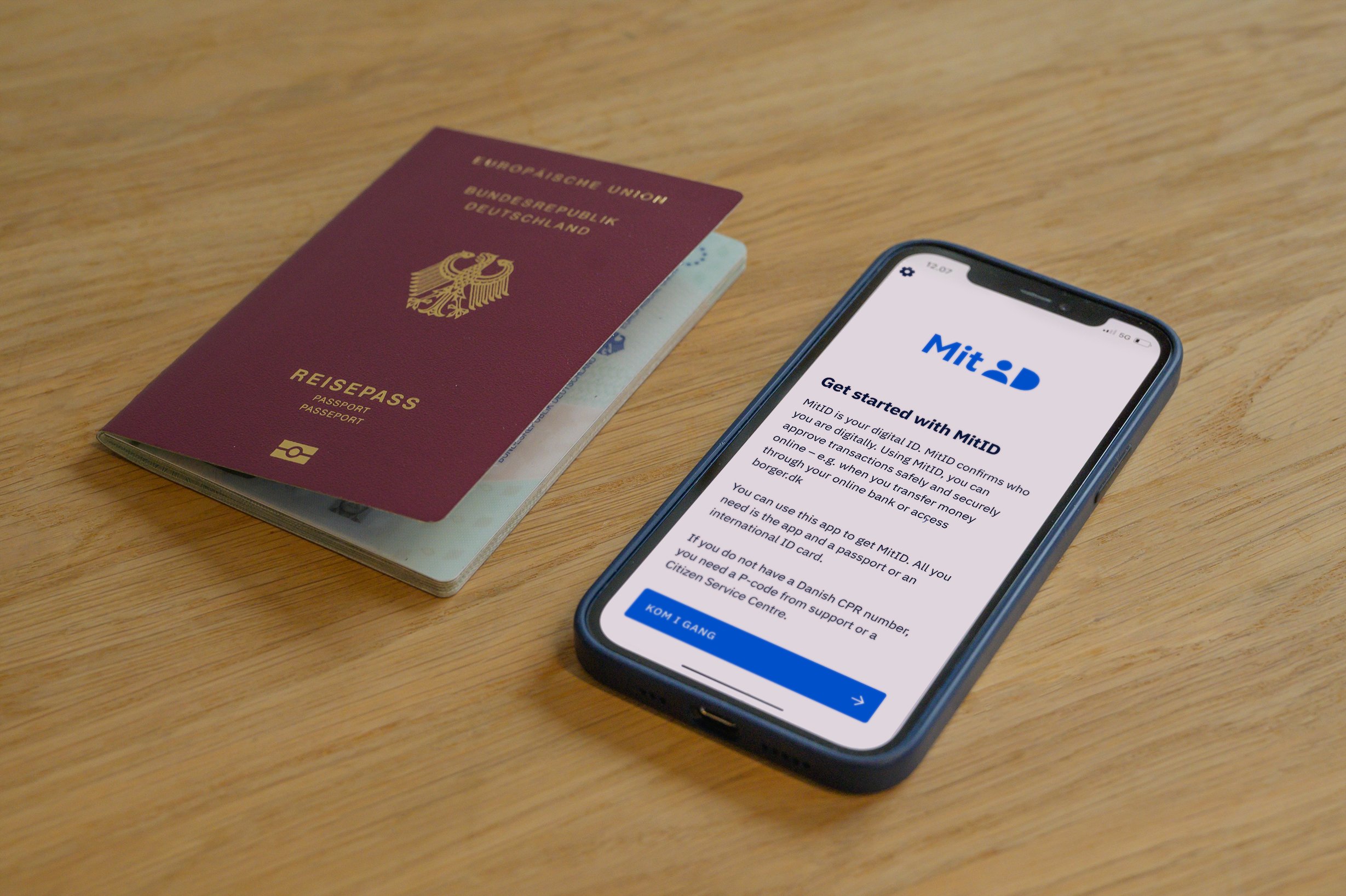
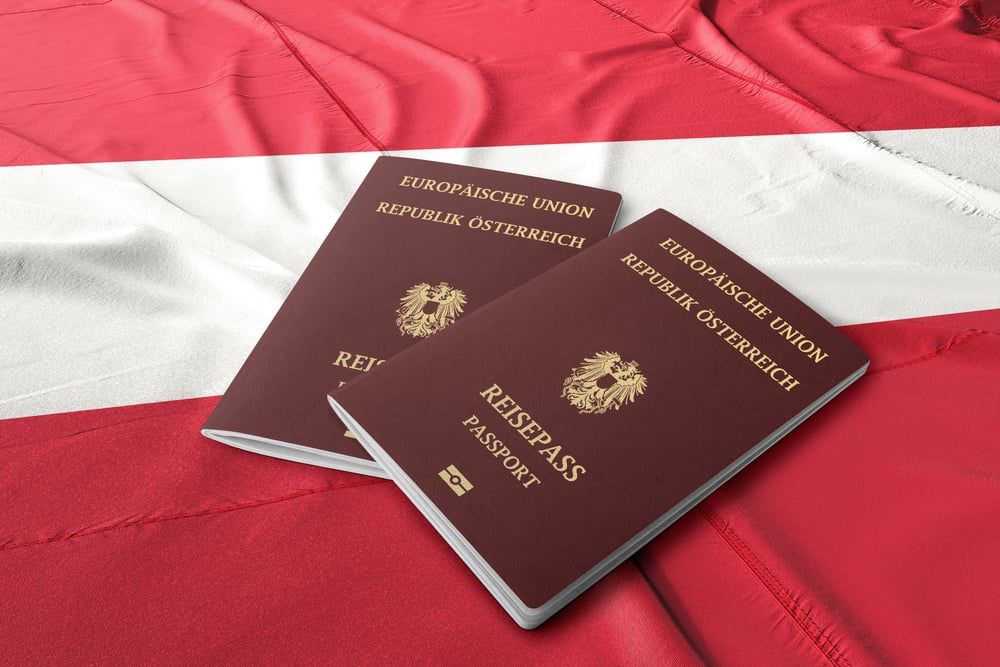
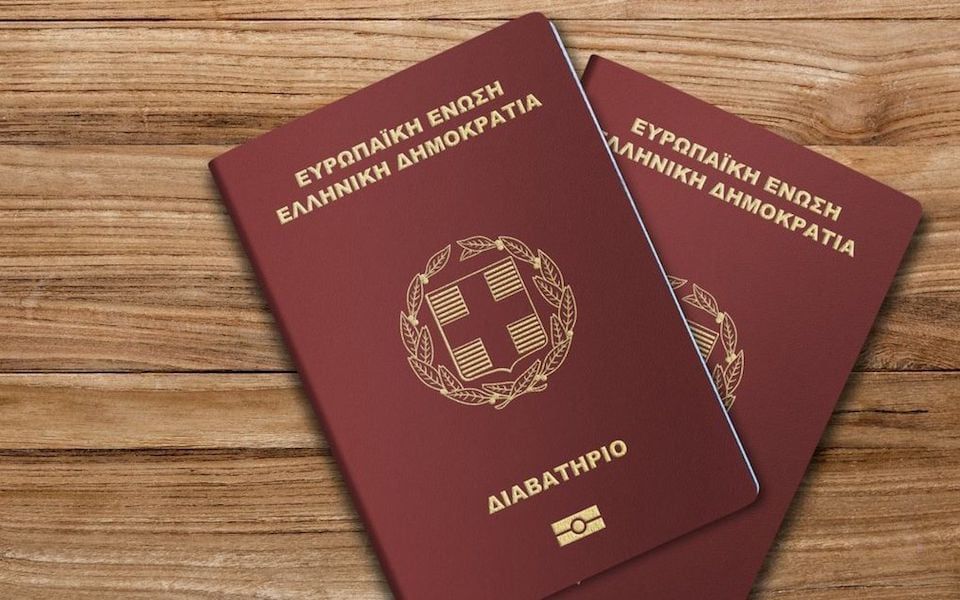
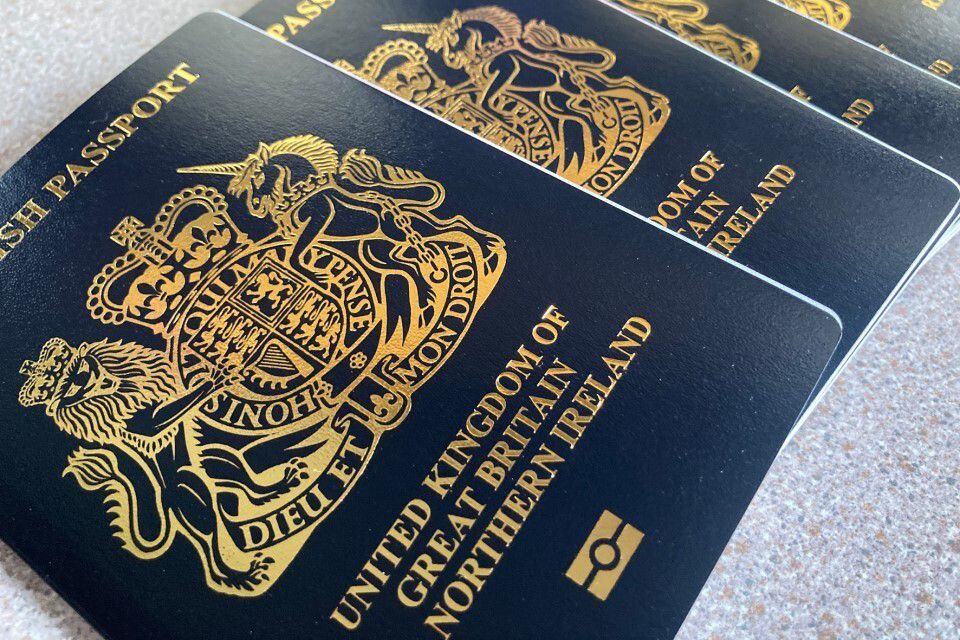
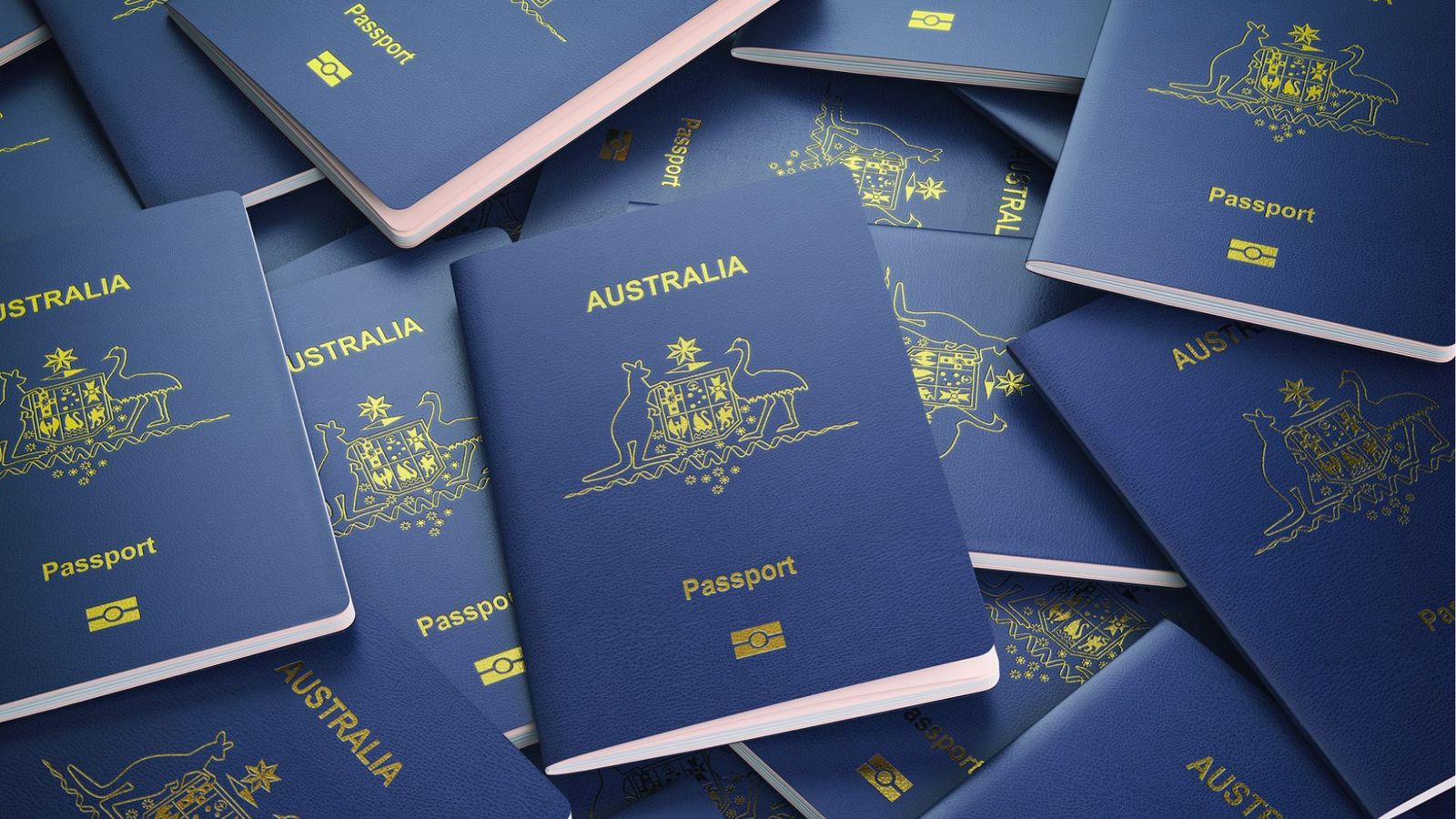
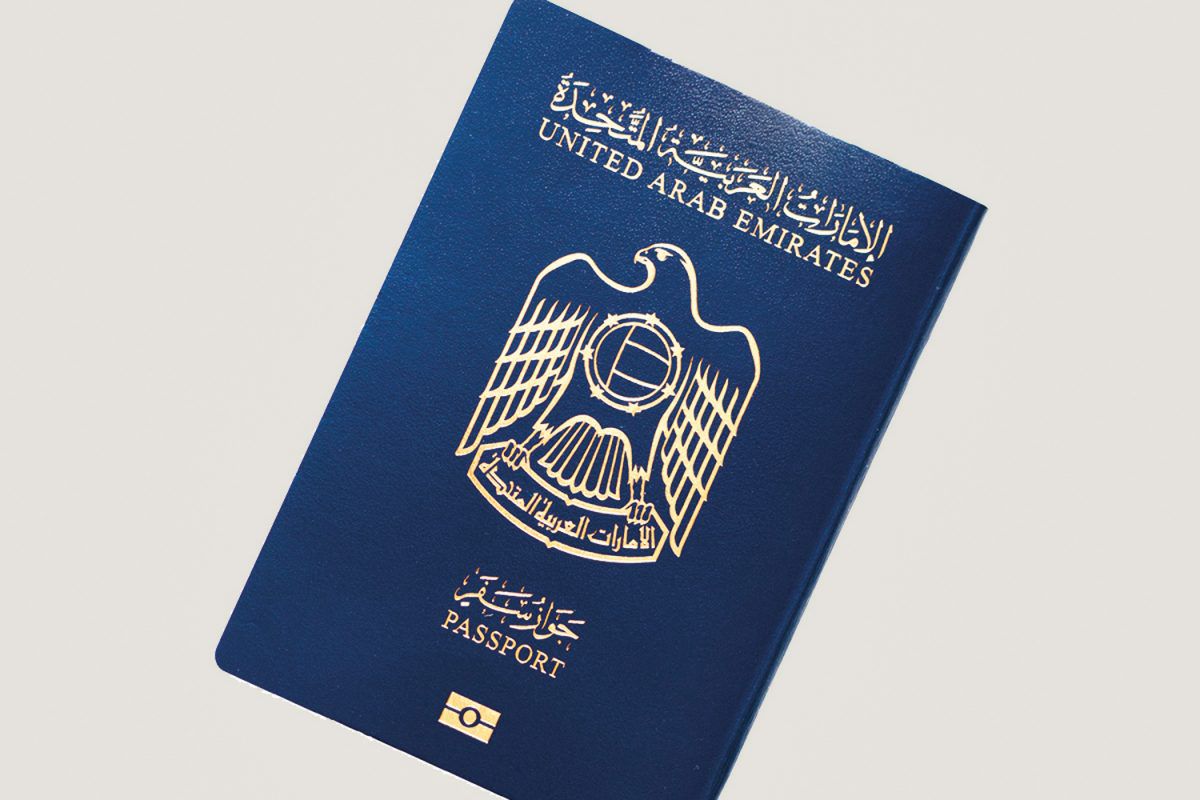
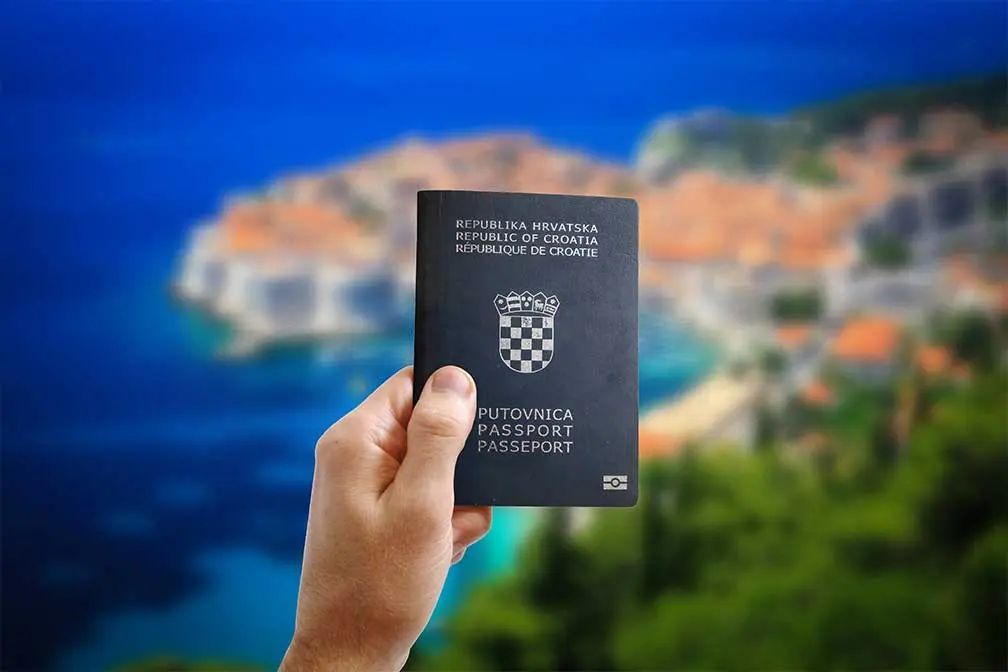
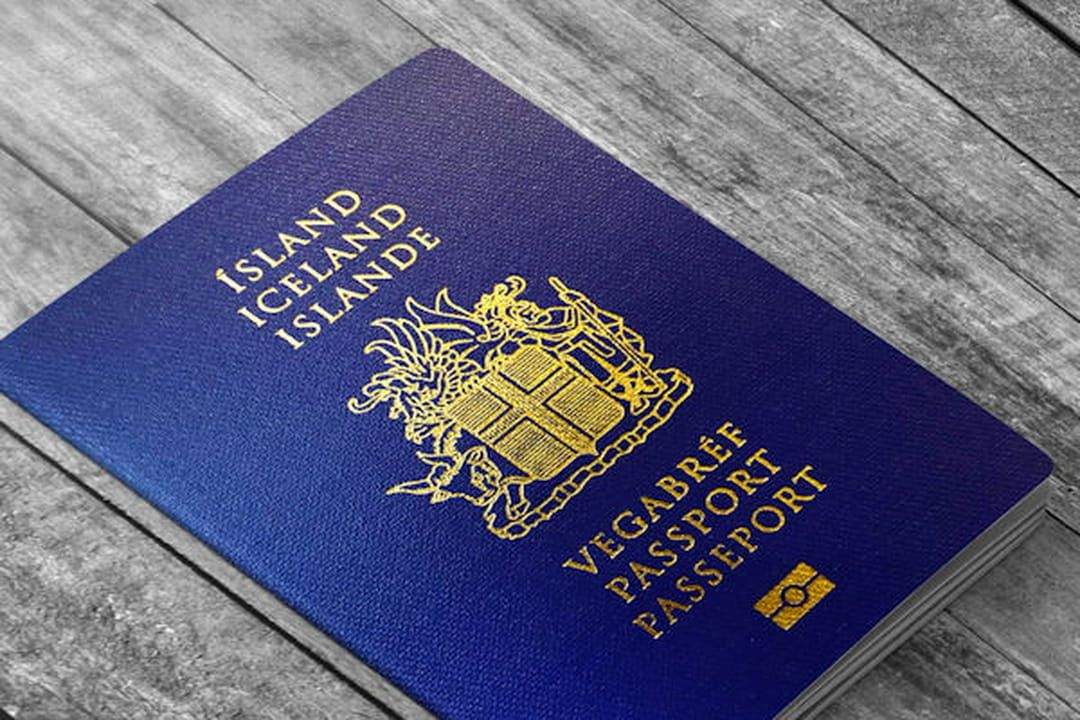
.jpg)

.jpg)








.jpg)

.jpg)








.jpg)








.jpg)


